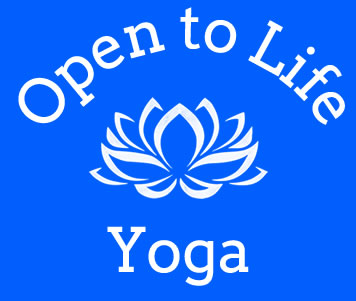
Module 2: Sacred Space the interconnectedness and interdependence of all things.
Techniques Training and Practice 25 hours
Level one and two asana Syllabus
These hours will be a mix between:
1) analytical training in how to teach and practice the techniques, and
2) guided practice of the techniques themselves.
Morning Asana Practice will focus on up tempo warming and stimulating practices:
- standing poses,
- forward bends,
- inversions,
- backbends,
- hand balancing.
Afternoon Asana Practice will focus more on calming and quieting practices:
- hip openers,
- forward bends,
- twists,
- restoratives.
Level one and two Asana’s
The trainee will practice and learn the key poses in each category of asana (standing poses, forward bends, backbends, twists, and inversions) and will begin to develop a relationship to both the form and the function of these different categories.
Level one and two Asana’s
Tadasana, Surya Namaskar, Adho Mukha Svanasana, Uttanasana, Lunge pose, Adho Mukha Vrksasana, Pincha Mayurasana, Parsvakonasana,Trikonasana, Prasarita Padottanasana,Virabhdrasana two, parsvottanasana, Ardha Chandrasana,Vrksasana, Uttihita Hasta Padangusthasana,Eka Pada Bhekasana, Eka Pada Rajakapotasana, Bakasana, Vasisthasana,Virasana, Setubandha Sarvangasana,Dhanurasana,Ustrasana, Urdhva Dhanurasana, Supta Padangusthasana, Sukhasana,Ardha Matsyendrasana, Baddha Konasana, Triangmukhaipada Paschimottanasana, Agnisthambasana,Sarvangasana
Awareness Through Movement lessons will be used to bring more sensitivity to our practices: you will begin lying on the floor while you scan your awareness over your body, sensing and feeling your own form and self image. You will then be given precisely structured movement explorations that involve creative thinking, sensing, moving, and imagining. Many of the explorations are based on developmental movements we all made as children. Some are based on more abstract explorations of joint, muscle, and postural relationships. Lessons consist of comfortable, easy movements that gradually evolve into movements of greater range and complexity. After an Awareness Through Movement class, participants often comment that they feel much younger, move and think with greater ease, and experience the world around them as more vibrant. These Awareness through movement lessons are specifically designed and chosen by Skeeter to allow all Students and Teachers of Yoga access to a deeper dimension of sensitivity and subtle energy.
Morning and afternoon meditation
Morning and afternoon pranayama
Teaching Methodology 7.5 hours
The use of voice in Teaching Part two, Understanding the difference between Active and Passive commands and how to use these to guide students into General form of the pose.
Uplifting Philosophy and Heart Themes, Learning how to use positive themes and messages in directing students into General Form of Poses.
Observing Students before Adjusting, learning to recognize functional general forms of poses, Using observation before either verbal or hands on adjustments moving from the inside out, how to see this and guide a student to experience it.
How to create Sacred Space in your life, practice and yoga studio.
Basic presentation and exploration of Nadi Shodhana, Purifying Channels of energy and the effects on Asana and Meditation Practice Basic presentation of 3 types of Tantric Meditation: Open, Focused and Integrated Defining Ujjayi Pranayama and the natural breath.
Discussion of when to use Ujjayi and when to use the natural breath.
Form versus Alignment
Movement versus Action
Re-contextualizing “Yoga Chitta Vritti Nirodha”
Continue exploration of principles of Alignment for each Category of Asana
